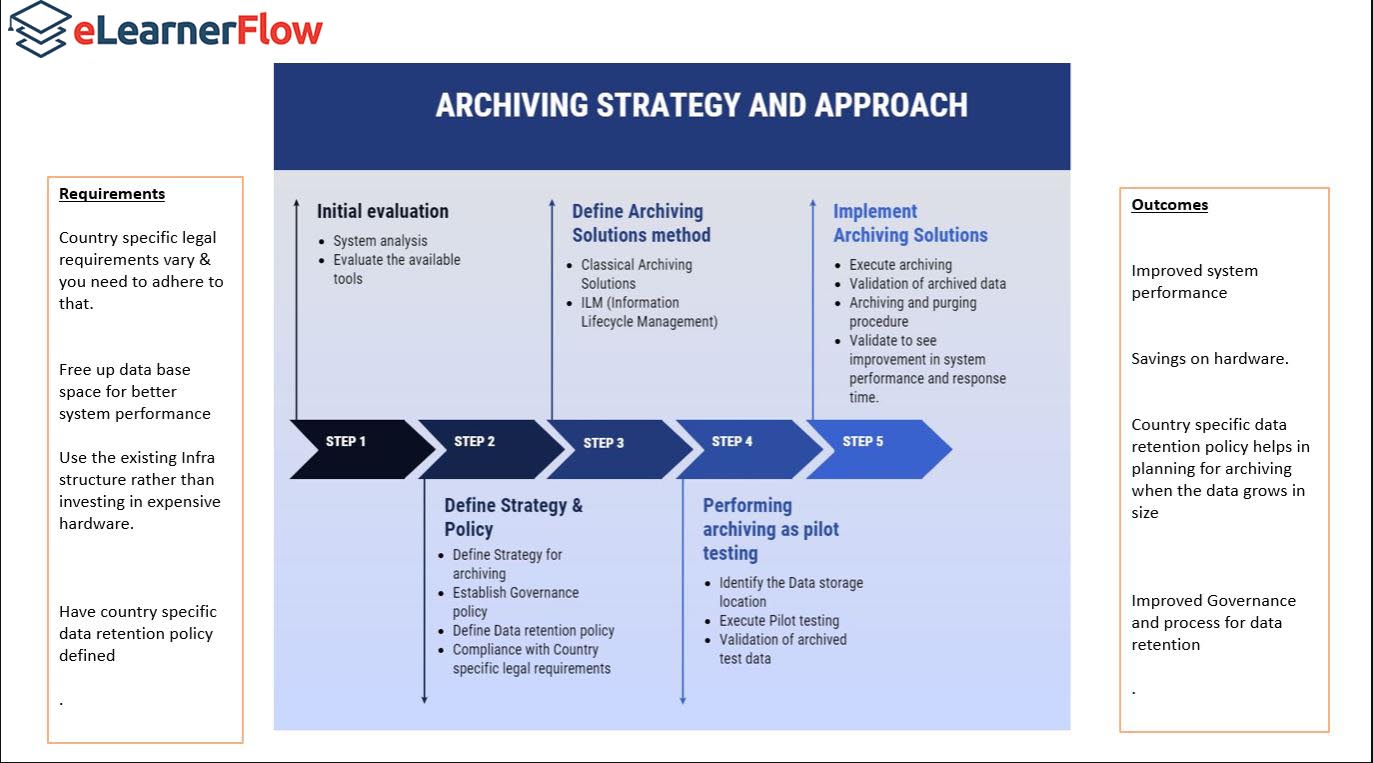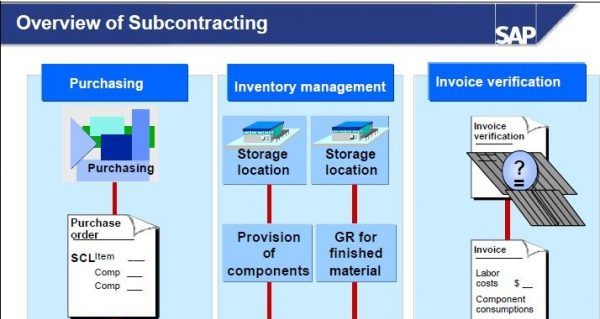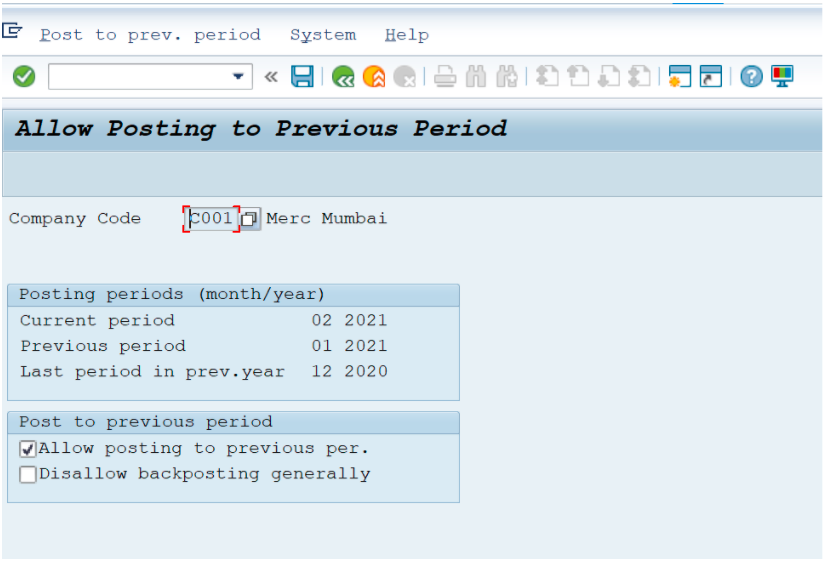Let us learn about SAP HANA and how it can be implemented.
SAP HANA stands for High Performance Analytical Appliance- in-memory computing engine.
SAP HANA offers a comprehensive platform with in-memory, column-oriented, relational database management system. The platform accelerates data processing through in-memory storage for real-time analysis, insights, and action.
SAP S/4 HANA can be implemented in 2 ways along with SAP ERP namely
- Non-Integrated implementation with SAP ERP and ‘
- Integrated implementation with SAP ERP.
In non-integrated implementation you have SAP ERP with Oracle or MS SQL as database where the data provisioning is done and you have SAP HANA DB where the Data modelling is done.
The SAP ERP system and SAP HANA DB can be connected via SAP Landscape transformational tool where the data is transferred real time from SAP ERP to HANA. SAP ERP is where the business transactions are done and these transactional data are sent to HANA via SAP Landscape Provisioning Tool (SLT) which is a real time data provisioning tool. In HANA you can perform the Data Modelling or Online Analytic Processing (OLAP). You can then write reports using Crystal reports, UI 5 or FIORI fetching the data from HANA Data base (DB).
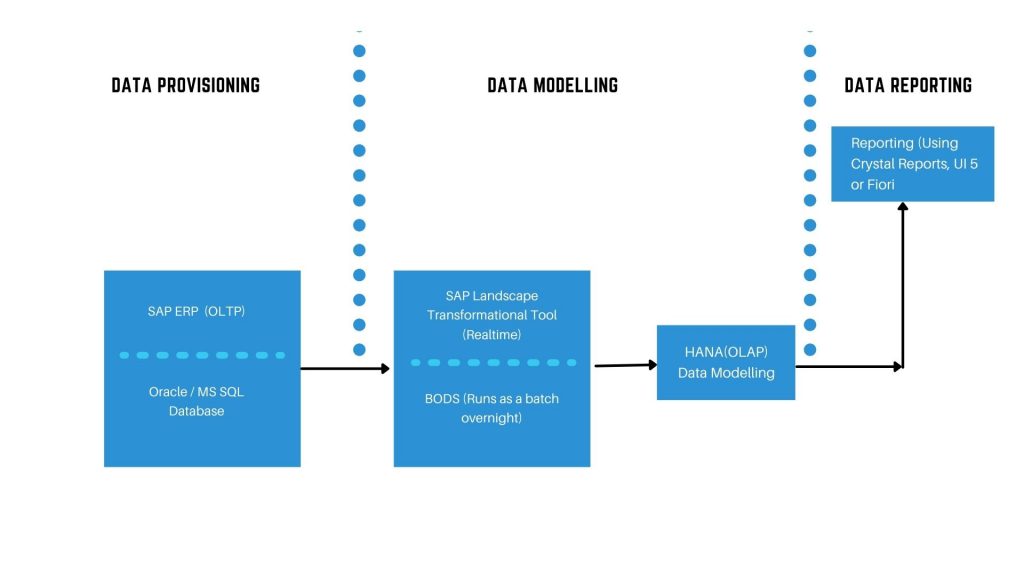
2) Integrated Scenario, is one where SAP Business Suite is connected to HANA DB as the backend. Both data Provisioning and data modelling are done in the same system. Only SAP Provides you with the system where OLTP and OLAP activities can be performed in a single system.
Other s/w’s like Oracle or MS Dynamics doesn’t provide OLTP and OLAP activities in a single system.
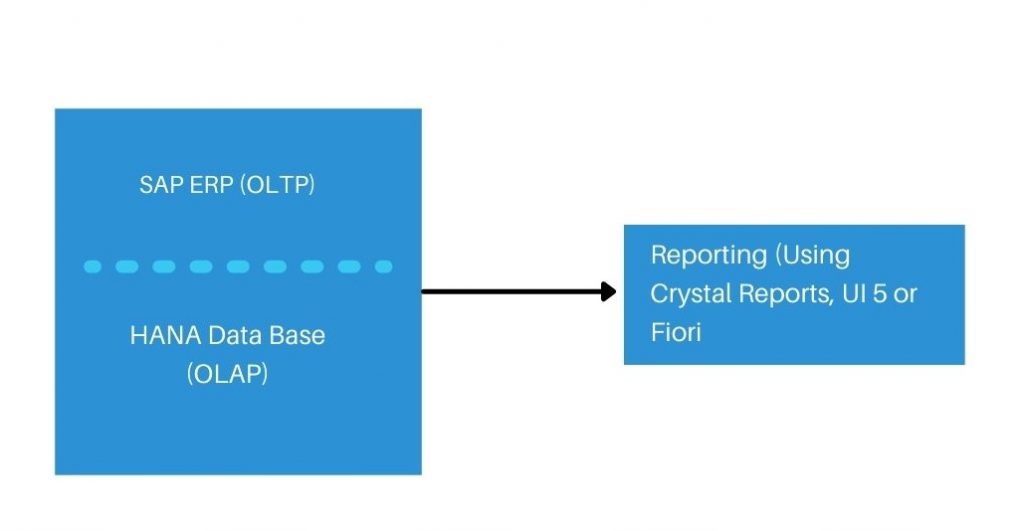
The Architecture diagram of the SAP S/4HANA system
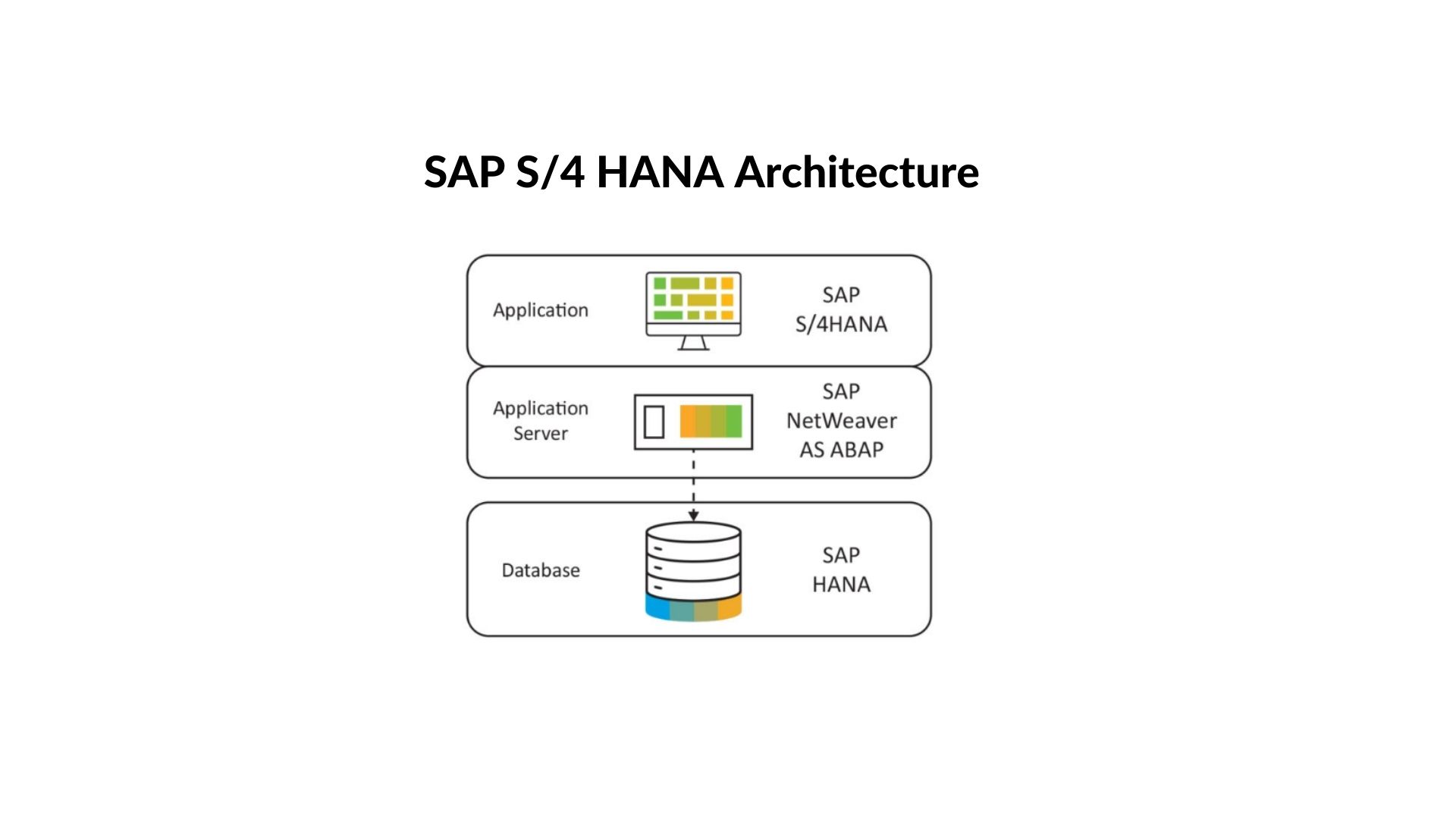
OLTP – Online Transaction Processing – e.g., SAP ECC system. Here you are creating data when you create a Sales Order or a Purchase Order.
OLAP – Online Analytics Processing – e.g., BI / BW or HANA – Data is already available and you are performing analytics.
OLTP and OLAP are terms used to classify the systems based on the intended purposes.
HANA consultants do the Data Provisioning, Data Modelling and Data Reporting.
Note:
Please follow me and my blog posts to get notified for many such upcoming articles. We are available on Facebook, Instagram, Youtube and Linkedin.


